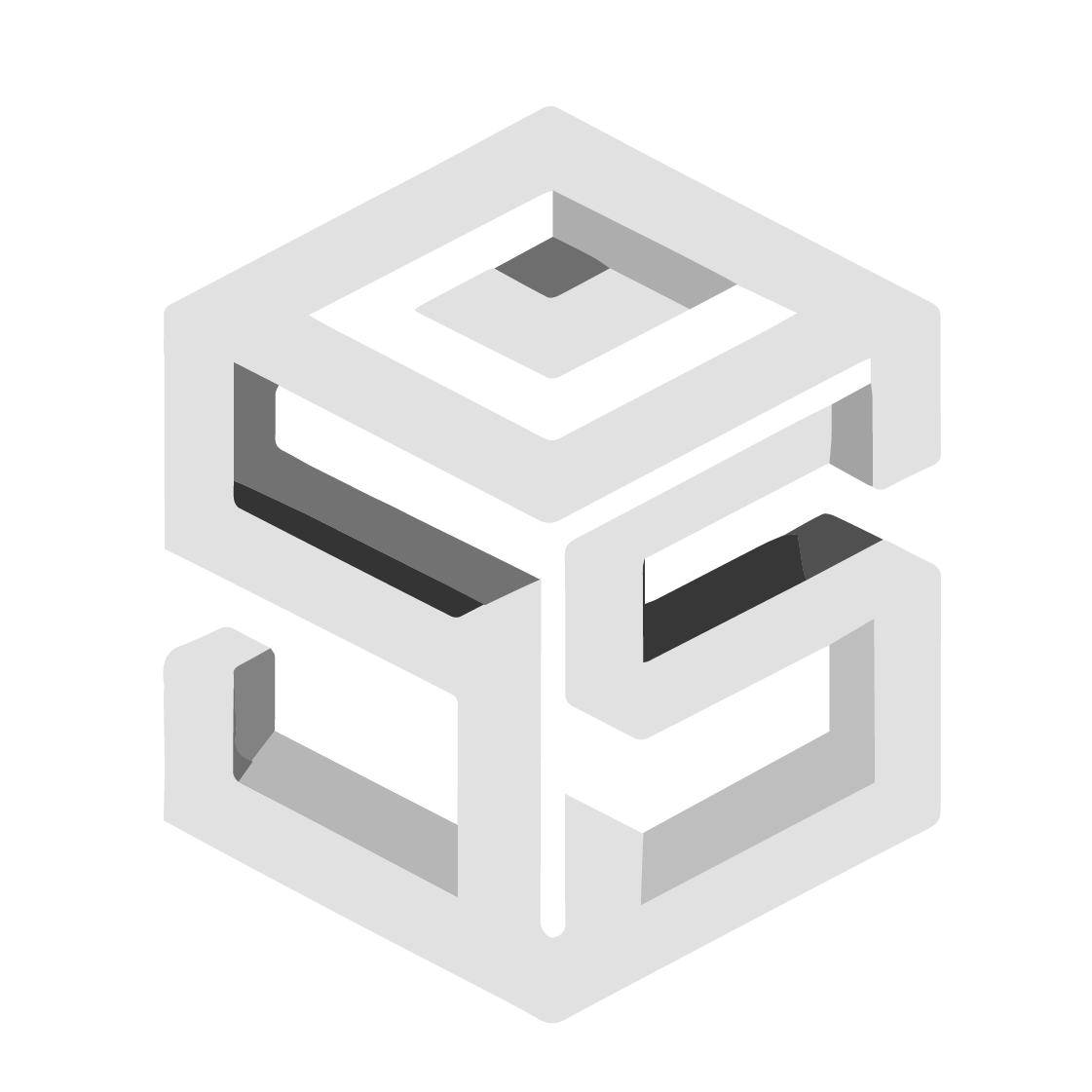At ICFF even though there was carbon fiber and metals of different alloys, the two most impressive materials were the use of tin and the use of clay. One Japanese company Koyo Ibushi uses clay that can be used for tiles, counter tops, pottery, or created into sculpture. [singlepic id=990] [singlepic id=991]
It's a chic and dark aesthetic, like carbon fiber but changes with the presence of water. They bake the clay for four days to achieve that look. [singlepic id=992] I inquired about it's durability and they said that if it wears away or chips, it still keeps that dark look because it's not a finish, but more of a cure.
Nagae, also from Japan [singlepic id=1000]
This is a case where the chef can use the tableware to inform how the food is created. [singlepic id=998] [singlepic id=999] You only really need a small collection of this tableware and can have sets pre-adjusted to each course. It's not just modular (in that you could create custom cuts and combine them) but they are malleable. Then I imagine all the restaurant patrons playing with the tableware.
[singlepic id=1020] Art Center's work was very skillfully designed and crafted to the point where it's ready for the showroom. Upon asking an Art Center student if a collection of chairs was his piece he replied "Yes, it's a school project."
I like how these chairs are separate but allow you to interact with the person sitting next to you. Almost as social as a couch, but independent like a chair. That's something important to note. People adjust chairs when they sit down, one of the main reasons is for a feeling of independence. Few airports, parks or other public places take note of this.
Parson's school project for Metropolitan's booth uses yarn. To create the booth out of the shape and color of Metropolitan's 30th anniversary logo. [singlepic id=1026] I feel a heavier use of yarn in some spots could give the contour booth more of a presence so the viewer feels like they are looking at something not just between the space of the yarn. But, it's still much better than one of the booths that felt like a prison. We walked in and didn't know there was more than one exit.
Germany's design booth was quite poorly put together. They showcased a bench that you could not yet sit on. It was a bench created for transportation hubs like airports and bus stations. As one research documentary phrased it, benches are best use to "accent architecture photographs."
Weirdly enough, the catalog for the bench was sealed in an envelope. Not surprisingly, the catalog only featured four photos of people - the owners and probably the designers. Only one of the photos features people sitting in the benches.
Germany did show a myoelectrically controlled hand prosthesis, which intrigued me. But I don't know why the part where the prosthesis joins the elbow is blue. It's as if to say "this is where manufactured ends and skin begins," as if we wouldn't know that. Some hand prosthesis models are made of carbon fiber, black metal or red metal. I agree that having a fake skin tone is might not be the way to go, but why show where there is there difference instead of just showing what is?
Worst of all the hand was displayed on the wall being held up by a plastic cable. A sort of insensitive way represent something that is supposed to take place of what a human lost. There was light in terms of design for healthcare. [singlepic id=1019] [singlepic id=1018]
Futrus, the booth with what I find to be the most impressive offering doesn't have a unique point featuring carbon fiber or laser cut patterns but just solid top. Well solid top and knocked-out corners. With a non-porous top they can create patient rooms that are resistant to virus, bacteria, mold, stains and scratches. [singlepic id=1037] There are more curves instead of corners as to not trap dirt. I asked about the seams on the handles and between panels, they said they seal the corners to also be anti-microbial.
Futrus said that there aren't other companies offering this service. Some companies offer a bespoke sink or countertop, but not full rooms.
Since Futrus can panels with color or faux-wood finish.
Another reason they are impressive is because they explicitly target both the healthcare industry for institutional contracts as well as a retail distribution for their consumer line of furniture.
Molo environments are intriguing in that they can be packed flat and then expanded for create micro-environments. My friend said they were used in the 2008 Sichuan earthquake to create networked hospital rooms. I can envision Molo and Futrus working together. Molo exteriors with Futrus tabletops and equipment. Then burning the Molo tents afterwards to be super safe. [singlepic id=1048]
Other cool things: Human form - corrugated cardboard [singlepic id=986] Moleskine brand extensions - [singlepic id=976] Moleskine rep said the brand-name is of unspecified origin so it can be pronounced anyway.
Foldable chair-
[galleryview id=075]
[nggallery id=76]
